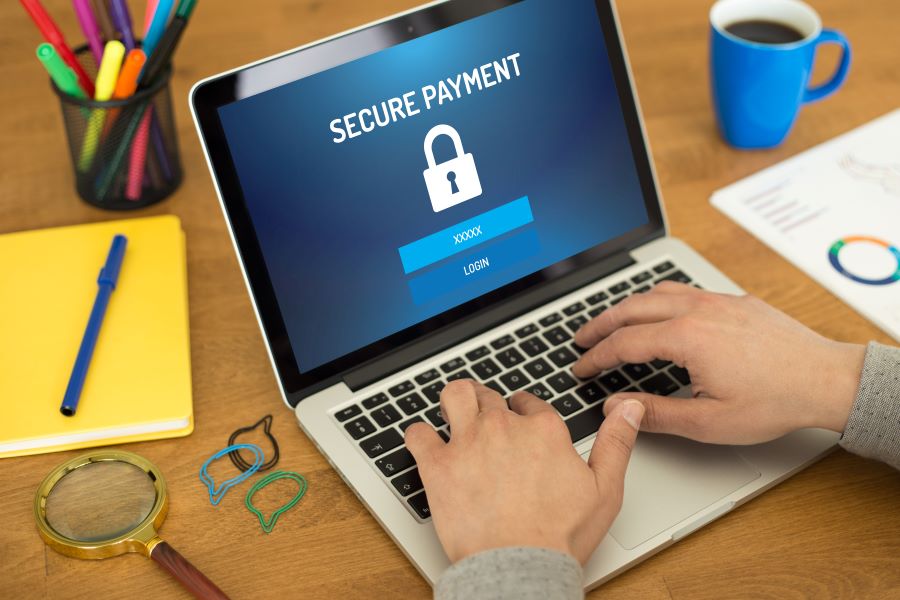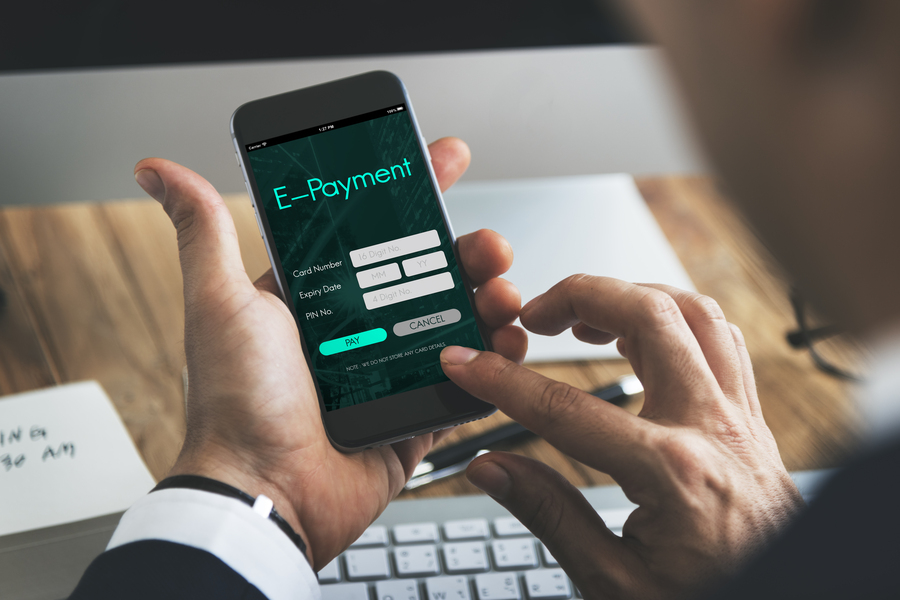What is a payment link? How does it work? A payment link is a convenient tool that allows merchants to accept customer payments easily and securely. It creates a unique URL or hyperlink that can be shared with customers via email, SMS, or any other communication channel.
Merchants can generate payment links using various payment processors or platforms. When customers click on the link, they are directed to a secure payment page where they can enter their payment details, such as debit card or credit card information. This eliminates the need for customers to manually input their payment information, making the checkout process quick and efficient.
One of the key advantages of payment links is their ability to collect payments from multiple customers using just one link. For example, businesses hosting virtual events or selling tickets can send a payment link to all attendees, allowing them to purchase tickets individually.
Payment links also provide flexibility when it comes to accepting payments. Merchants can include additional fields for customers to enter order details or select specific products or services they wish to purchase. Once the payment is complete, the merchant and the customer receive a confirmation, ensuring transparency and trust in the transaction.
Overall, payment links offer merchants a seamless and secure payment method, enabling them to streamline their payment processes and provide a better customer experience.
Types of Payment Links
Payment links are a convenient way for businesses to collect payments from multiple customers simultaneously. Different types of payment links can be used, each serving a specific purpose.
1. Event Payment Links: These links are commonly used for ticketing and event registrations. Event organisers can generate a payment link and send it to attendees, who can then use it to make individual payments for their tickets or registrations.
2. Invoice Payment Links: This link is commonly used for invoicing. Businesses can send an invoice to their customers with a payment link embedded in it. The customers can click on the link to make payments directly, eliminating the need for manual payment processing.
3. Donation Payment Links: Non-profit organisations often use donation payment links to collect funds. They can share these links on their websites, social media, or through email campaigns, allowing donors to contribute easily with just a few clicks.
4. E-commerce Payment Links: Online stores can generate payment links for specific products or services. Customers can click the link to make quick payments without going through the entire checkout process.
Payment links redirect customers to a secure payment page where they can enter their payment details and complete the transaction. This eliminates customers’ need to input their information manually and streamlines the payment process. Payment links help businesses collect payments efficiently and provide convenience to their customers.

What are Payment Links Best for
A payment link is a convenient and versatile tool for collecting online payments from customers. It simplifies the checkout experience, making it quick and seamless while ensuring added security for businesses and customers.
Payment links can be used in a variety of scenarios. For example, they are commonly used for event registrations and ticketing, allowing attendees to make individual payments by simply clicking a link. Businesses also utilise payment links for invoicing purposes, enabling customers to pay directly without the hassle of manual payment processing.
Non-profit organisations can benefit from donation payment links, as they allow for easy collection of funds through various channels such as websites, social media, or email campaigns. E-commerce platforms can generate payment links for specific products or services, providing customers with a hassle-free checkout option that bypasses the entire process.
One popular example of a payment link is PayPal.Me link. It allows businesses and individuals to share a personalised link with their customers, who can make payments easily by clicking the link. This saves time and adds an extra layer of security, ensuring that sensitive payment information is protected.
In summary, payment links offer a simplified and secure checkout experience for businesses and customers alike. Their versatility and convenience make them an excellent choice for collecting online payments in various scenarios.
Frequently Asked Questions
What is a Payment Link?
A payment link is a tool that enables merchants to accept payments from customers through a unique URL or hyperlink. This link can be shared via email, SMS, or any other communication platform. When clicked, the link directs customers to a secure payment page where they can complete their transaction by entering their payment details.
How Does a Payment Link Work?
Generation: Merchants generate a payment link using their chosen payment processor or platform.
Distribution: The link is then shared with customers through their preferred communication channel.
Payment: Customers click on the link, are directed to a secure payment page, and enter their payment details to complete the transaction.
Confirmation: Both merchant and customer receive confirmation of the transaction, ensuring transparency and trust.
What Types of Payment Links are There?
Event Payment Links: For ticketing and event registrations.
Invoice Payment Links: Embedded in invoices for direct payment.
Donation Payment Links: Used by non-profits for fundraising.
E-commerce Payment Links: For specific products or services in online stores.
What are Payment Links Best For?
Payment links are versatile and can be used for various purposes, including:
Event registrations and ticketing: Streamlining the process for attendees.
Invoicing: Making it easier for customers to pay directly from an invoice.
Donations: Facilitating contributions for non-profit organisations.
E-commerce: Offering a quick checkout option for specific items.
They are particularly useful for businesses looking for a seamless and secure way to collect payments without requiring customers to manually input their payment information. This makes the checkout process efficient and user-friendly.
Why Use a Payment Link?
Payment links offer several benefits, including:
Ease of Use: Simplifies the payment process for both merchants and customers.
Security: Ensures secure transactions by directing customers to a secure payment page.
Versatility: Can be used for a wide range of purposes, from event ticketing to donations.
Efficiency: Allows for quick and straightforward transactions, improving the customer experience.
Overall, payment links are valuable tools for businesses looking to streamline their payment processes and provide a better customer experience.
Final Words
Payment links stand as a transformative tool in the landscape of digital transactions, providing businesses, non-profits, and individual entrepreneurs a seamless, secure, and versatile method to collect payments. By bridging the gap between merchants and customers, payment links simplify the transaction process, making it accessible and convenient for anyone with a link to complete a payment with just a few clicks.
The adaptability of payment links across various scenarios—from event registrations, invoice payments, to charitable donations—underscores their significance in today’s digital economy. They not only enhance the efficiency of conducting transactions but also open doors for innovative business models and fundraising strategies.
As digital commerce continues to evolve, the role of payment links is set to become even more pivotal. Their ease of use, coupled with the heightened security they offer, positions payment links as a preferred choice for modern businesses aiming to cater to the dynamic needs of their online customers. By integrating payment links into their transactional processes, businesses can not only streamline operations but also boost customer satisfaction and trust, laying a solid foundation for sustained growth and success.


